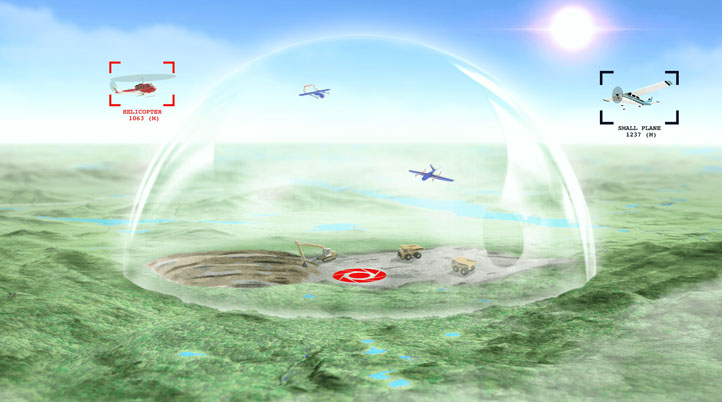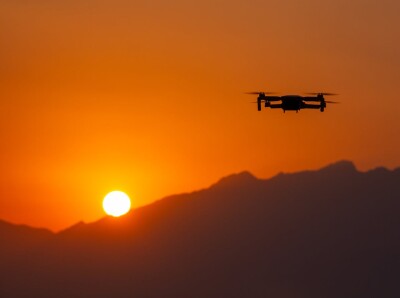Germany-based HHLA Sky, a developer of a globally scalable end-to-end drone system, has announced a partnership with US-based Iris Automation to increase safety when manned and unmanned aircraft share the same airspace.
Developed as the first IoT end-to-end solution for large-scale, industrial, and security drone operations beyond visual line of sight (BVLOS), HHLA Sky's drone control center allows companies to manage and monitor drone swarms of 100+ drones simultaneously from a single integrated control center that companies can operate globally. From perimeter security and inspections at ports, plants, and industrial sites, to delivery, environmental monitoring, and surveying grounds and buildings, the IoT platform has cyber security built into its core and offers broad analysis and auditing features.
With detect and avoid (DAA) being an integral component to unlocking routine BVLOS operations and safe autonomous integration into the National Airspace, Iris Automation focuses on developing DAA technology to help drone pilots and program managers expand their operations with BVLOS capabilities. Built to allow drones to detect and avoid everything using computer vision and machine learning during flight, Iris Automation's Casia reliably identifies piloted aircraft within a 1200m detection range and safely performs avoidance maneuvers by determining the location, heading, and speed of intruder aircraft. Instead of using expensive traditional sensing technologies (like lidar), Casia uses an electro-optical system due to drones' limited payload and power.
"We've done the math on all of the other technologies and at the moment they use too much power, they don't have the range, they're too heavy and/or expensive," Jason Hardy-Smith, VP of Products at Iris Automation, told Commercial UAV News earlier this year. "When you are trying to have a 360-degree detection system, like our Casia X, you need more sensors to do the job, which exacerbates all of those problems. When you weigh up the options, electro-optical is definitely the way to go."
With that in mind, HHLA Sky wants to merge both technologies to improve two of the current most challenging tasks in drone BVLOS operations. First, to remotely, globally, and simultaneously control over 100 industrial drones from a centralized control center. Second, to increase local airspace safety by detecting and avoiding other unmanned or manned aircraft. While flying a drone BVLOS can be risky, even with the proper equipment, HHLA Sky believes Casia will provide a much-needed and crucial layer of safety whether you are flying BVLOS or within line of sight.
"As our customers' drone operations grow, safety must scale with it," said Matthias Gronstedt, CEO of research and development at HHLA Sky. "This is an important development – both for our customers and us. We are looking forward to offering a truly innovative but affordable BVLOS solution on an industrial scale. Iris Automation's regulatory expertise and work with bodies such as the Federal Aviation Administration (FAA) also provides an important added value for us and our partnership."















Comments